Mark Rothko @GEMEENTEMUSEUM DEN HAAG
runs until 1 March 2014
From rosy pink and jubilant yellow to bright blue to sombre
black – face one of the vast canvases created by Mark Rothko (1903-1970)
and you feel yourself being sucked into his world. Constructed layer
upon shimmering layer, his colour fields are of unparalleled intensity
and communicate universal human emotions such as fear, ecstasy, grief
and euphoria. Rothko was an intensely committed painter who invested his
whole being in his art and, like many other great artists, led a
difficult life. Deeply disillusioned by the two world wars and plagued
by depression, he was a tormented soul, yet capable of producing great
art with an enduring capacity to comfort and enthral. These
days, exhibitions of the American artist’s work are huge crowd-pullers
and his paintings fetch record sums at auction. The Gemeentemuseum Den
Haag is proud to present a new exhibition of Rothko’s work, opening this
September, forty years after the last such show in the Netherlands. A
unique chance to enjoy Rothko’s work, this exhibition will be held only
in The Hague and nowhere else.
Untitled, 1970, acryllic on canvas Mark Rothko
photo credit : Gemeentemuseum Den Haag
Rothko owed his worldwide fame to the ‘classic style’ painting’ he adopted in the 1950s. Interaction with the viewer was of great importance to Rothko. He felt that, for both the artist and the public, an overwhelming emotional experience was the most sublime form of inspiration, bordering on the spiritual. ‘The people who weep before my pictures are having the same religious experience I had when I painted them.’ Rothko was not the first abstract artist to attach importance to the spiritual aspect of art; artists like Mondrian and Kandinsky had also seen their work as a spiritual exercise. But he was the first to give pride of place to emotion, at a time when abstract art was still fairly impersonal.
Mark Rothko (1903-1970), Untitled / Zonder titel, 1953, gemengde
techniek op doek, 195 x 172,1 cm,
National Gallery of Art, Washington –
schenking The Mark Rothko Foundation, Inc. © 1998 Kate Rothko Prizel
& Christopher Rothko /Artists Rights Society (ARS), New York c/o
Pictoright Amsterdam 2014
In addition to a host of Rothko’s ‘classic style’ paintings, this
exhibition will include examples of the rather less frequently exhibited
early work. Recent research on Rothko’s transitional period shows that
he moved towards full abstraction via a kind of Fauve-like Realism and a
highly personal form of Surrealism. As home to the world’s greatest
collection of work by Mondrian – an artist renowned for the unequalled
lucidity of his own path towards abstraction – the Gemeentemuseum Den
Haag is the ideal place to show the development in Rothko’s work.
Although Rothko was dismayed when one art critic called his work ‘blurry
Mondrians’, he was indeed to some extent influenced by the Dutch
artist. Speaking with his use of colour in mind, Rothko went so far as
to say that Mondrian was the most sensual artist he knew. The exhibition
will spotlight both the similarities and the differences in the
artistic development of the two leading first and second generation
pioneers of abstract art. It will also throw light on the differences
between European and American abstract art, in particular in terms of
format and composition.
Untitled, 1968, acrylic on paper Mark Rothko,
photo credit: Gemeentemuseum Den Haag
Mark Rothko (born Marcus Rothkowitz) was of Russian Jewish origin but
grew up in America from the age of ten. Nothing in his background or
family seems to have predestined him to become an artist. Indeed, he
discovered his bent for painting only relatively late and more or less
accidentally. He took some courses but always regarded himself as
essentially self-taught. The last years of his life were overshadowed by
mental health problems. His palette became ever darker and more sombre.
In 1970 he took his own life.
The exhibition will be accompanied by a lavishly illustrated
catalogue containing essays by Joost Zwagerman, Franz-W. Kaiser, Harry
Cooper and other writers. The book will also include an interesting
interview with art historian Henk van Os, who was a regular visitor to
Mark Rothko’s studio during the final months of the artist’s life.
practical info and contacts:
Gemeentemuseum Den Haag |Stadhouderslaan 41| 2517 HV Den Haag Open today 11.00 - 17.00
http://www.gemeentemuseum.nl/en/admission-times-and-charges
=-=-=-=-=
The exhibition is sponsored by the Turing Foundation.
Note to editors: Further information available from Brigitte Timmermans at the Press Office, +31 70 338 11 37 / +31 6 41 22 97 72, btimmermans@gemeentemuseum.nl

































































![exi[s]t>15 bulart](https://blogger.googleusercontent.com/img/b/R29vZ2xl/AVvXsEj67mt21mvAFC3VF_3QGzADB-5ZJJLBOlefD6Y8pi5z2e6HTMZztaHCi08vSOJ39mER-PcUmXUyHBnc-dMAq1t6MQe8reeNnIkyGKauFhd88y3NSvcsTLRlB1EdJQrefHryZQxK6-eDTvM/s240/buffet.jpg)
![exi[s]t>15 bulart](https://blogger.googleusercontent.com/img/b/R29vZ2xl/AVvXsEjuEe0w0gLW9nkOXAPGHqtkn89laZeWaQoLwvH2WVTEinKMw5RfqWwzcAkl1Ep27R6j1aYRF4BkiMX_juuZnGDNHyoHRCd65KHsXMg_Z_a3-tLG4OpCSHOlsj5hsPsh_htA6DEegu-Ubic/s240/P8250003.jpg)
![exi[s]t >15 bulart](https://blogger.googleusercontent.com/img/b/R29vZ2xl/AVvXsEg_O-oTzQ29LIVymZGSJUzpJCQYiu6VEztB6VkUPJmKb2VN5bRGpbURyj3-2M3Zz5JGtRjgwY_tr4qC-K21d5pKAzHZn9gYhbw2Vk7CPxb5unRin_828kpxYnzJbDa2Gkx6U1PFw2q1NDI/s150/P8250077.jpg)





















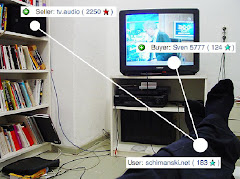














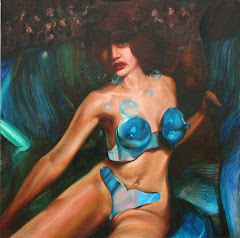





















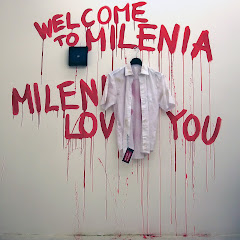

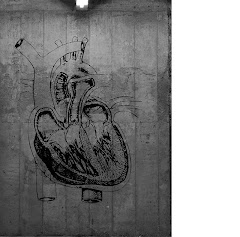







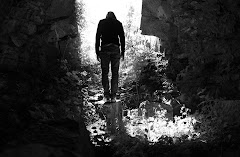



No comments:
Post a Comment